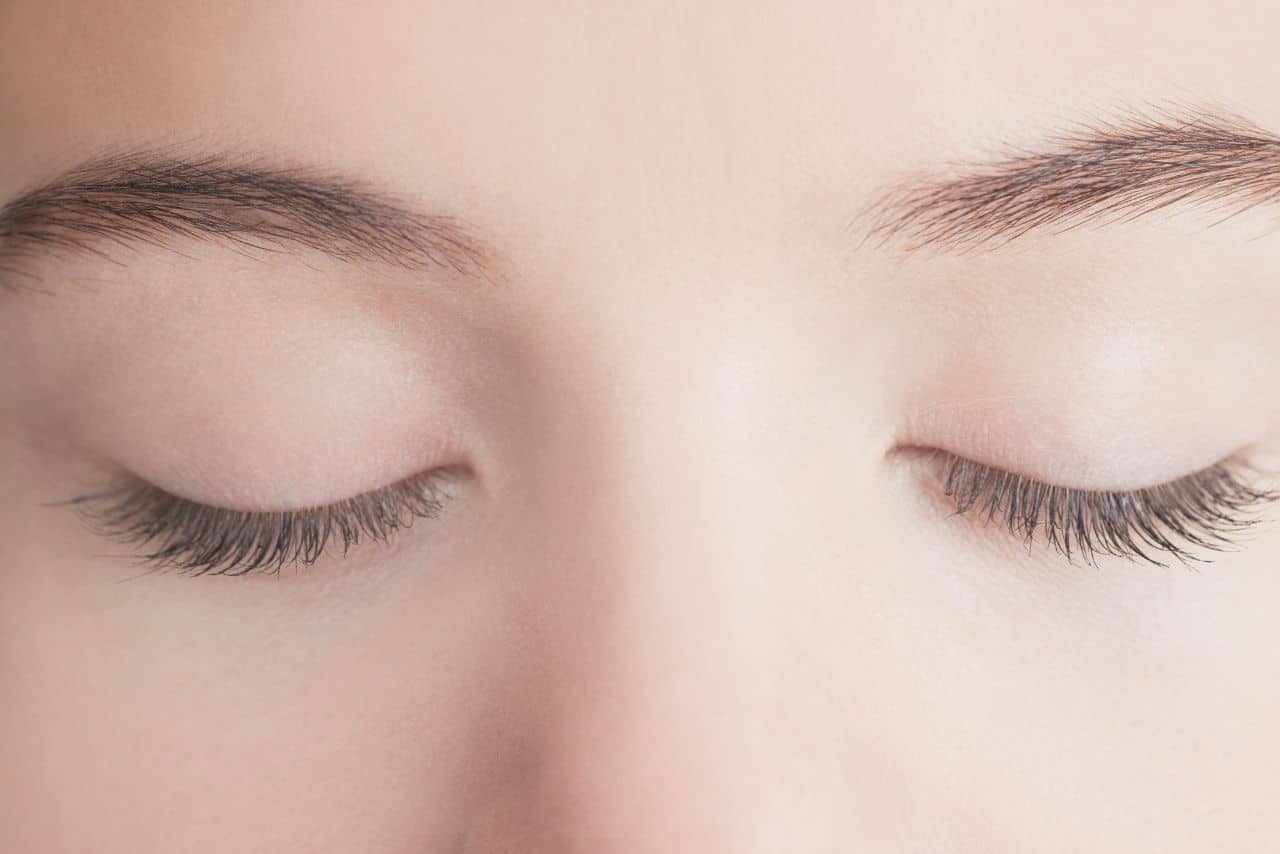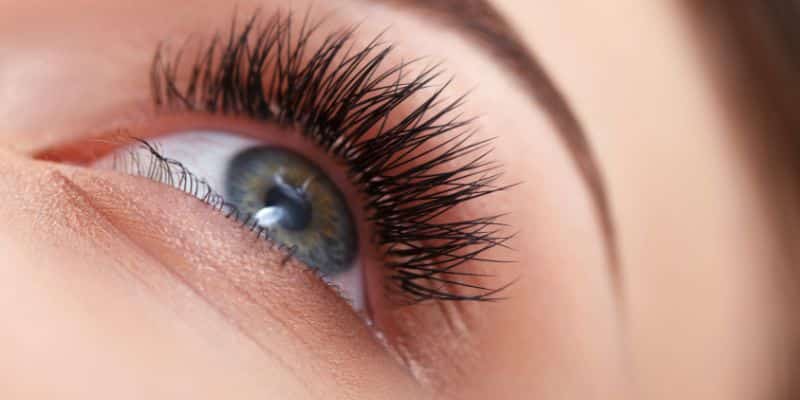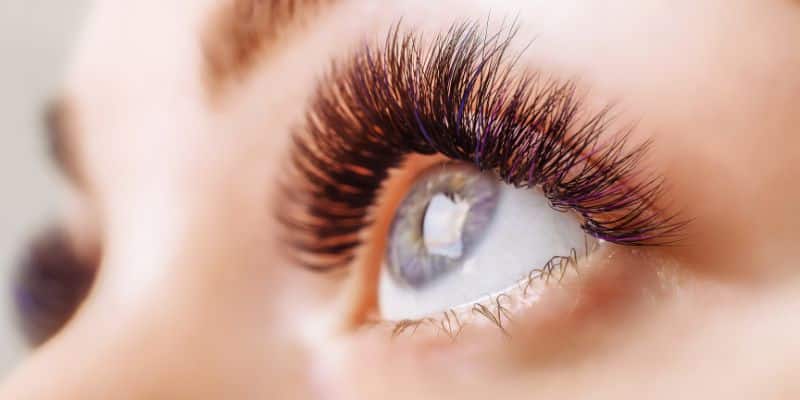
The practice of aesthetic medicine has seen significant advancements with the introduction of dermal fillers, and among these, Radiesse – a calcium hydroxylapatite-based product – has emerged as an ideal solution for many aesthetic indications. This article seeks to focus specifically on the utility of Radiesse for addressing aesthetic concerns in the periocular region.
The area surrounding the eyes is pivotal in facial aesthetics, often being the first to manifest signs of aging. Addressing concerns such as dark circles, hollows, and wrinkles can significantly enhance a person’s overall appearance and self-esteem. This comprehensive guide will delve into the properties of Radiesse, its specific application in periocular treatments, and the outcomes that can be expected. It aims to enrich doctors’ understanding of Radiesse, enabling them to offer this promising treatment to patients in need of periocular rejuvenation.
Understanding the Periocular Anatomy
The periocular region, comprising the areas surrounding the eyes, plays a pivotal role in facial aesthetics. Detailed comprehension of the anatomy of this region is fundamental to ensuring the safe and effective use of dermal fillers, such as Radiesse.
The periocular region encompasses both the upper and lower eyelids, the eyebrows, and the lateral canthal area. Each of these regions has a distinct anatomy, characterized by the interaction between skin, subcutaneous tissue, muscle, and the underlying bony structures.
Starting superficially, the skin around the eyes is the thinnest of the entire body, making it particularly vulnerable to the effects of aging. The dermis houses fibroblasts, the primary producers of collagen and elastin. The loss of these components over time contributes to the formation of wrinkles and fine lines.
Directly beneath the skin lies the orbicularis oculi muscle. It is a critical structure, functioning to close the eyelids and facilitate tear distribution. Changes to this muscle, like hypertrophy or atrophy due to aging or repetitive muscle activity, can affect the appearance of the periocular area.
The subcutaneous layer consists mainly of fatty tissue, forming a soft padding around the eyes. Aging can lead to the redistribution of this fat, causing hollows and undereye bags. It is essential to understand the distribution of this layer for optimal filler placement.
The periosteum, which covers the underlying bony structures of the eye socket, forms the deepest layer of the eye-area anatomy. This bony anatomy provides structural support and shape to the periocular region. Changes in these bony structures with age can lead to deepening of the tear trough and the nasojugal groove, altering the overall facial contour.
The vascular anatomy is another important consideration. The main vessels of the periocular area, supply blood to this region. These vessels are prone to injury during filler injections and can lead to complications if not properly navigated.
Apart from these static structures, one should consider the dynamic nature of the periocular region. With every blink, squint, or smile, the muscles around the eyes contract and relax, influencing the placement and longevity of dermal fillers.
Aging transforms the periocular region significantly. There’s a decrease in collagen and elastin production leading to the development of lines and wrinkles. Muscle tone changes result in drooping or hooding of the eyelids. The fat pads under the eyes may bulge or atrophy causing hollows or bags.
Understanding the complex interplay between these factors is the cornerstone to a successful aesthetic outcome when using dermal fillers in the periocular area. Knowledge of periocular anatomy informs the correct placement of filler, helps to predict and manage potential complications, and enables customization of treatments to suit the unique needs of each patient.
Review of Current Periocular Treatments
The periocular area often presents aesthetic and therapeutic challenges for clinicians due to its delicate anatomy and its significant role in facial expression and emotion. Various traditional approaches have been developed over the years to rejuvenate this area, each with its own set of benefits, limitations, and potential complications.
A common and traditional modality for periocular rejuvenation is the use of topical creams and serums. These non-invasive interventions often include ingredients such as retinoids, peptides, and hyaluronic acid, which aim to stimulate collagen production and hydrate the skin. However, while these are generally safe and easy to use, their efficacy is limited, particularly in cases of significant skin laxity or deep wrinkles.
More invasive strategies include chemical peels and laser resurfacing, which work by inducing controlled damage to the skin, stimulating natural repair mechanisms and collagen production. These techniques can be effective in treating superficial lines, sun damage, and pigmentation issues. Still, they are not without their drawbacks. Recovery time can be lengthy, and risks include potential scarring, changes in pigmentation, and unsatisfactory results, particularly in individuals with darker skin tones.
Blepharoplasty, a surgical procedure aimed at correcting drooping eyelids, is often employed for more significant age-related changes. This approach can produce dramatic and lasting results but comes with inherent surgical risks such as scarring, infection, and adverse reactions to anesthesia. Moreover, the recovery time is considerable and the cost may be prohibitive for some patients.
Hyaluronic acid (HA) fillers can provide volume and improve skin hydration. However, they do have limitations. While they are reversible with hyaluronidase, an enzymatic agent, they might lead to complications such as Tyndall effect, a bluish discoloration when injected superficially. Moreover, their longevity in the periocular region is often shorter due to the dynamic nature of this area.
Fat grafting, where the patient’s own fat is harvested, processed, and then injected into the periocular region, has also been used for many years. This method allows for a more permanent solution for volume loss, but it is technique-sensitive and comes with a risk of irregularities and variable resorption rates.
While each of these treatment modalities holds a unique place in periocular rejuvenation, each also carries its own limitations and potential complications. Therefore, an ongoing quest continues for a treatment that can deliver the benefits of volume replacement, contouring, and skin quality improvement, without the drawbacks of existing methods. As such, the consideration of alternative, equally effective treatments with fewer complications and greater longevity, such as Radiesse, is a necessary progression in periocular rejuvenation.
Radiesse: An Alternative Approach
Radiesse is increasingly gaining recognition as an effective and reliable alternative in the realm of periocular rejuvenation. Composed of Calcium Hydroxylapatite (CaHA) microspheres suspended in a carboxymethylcellulose gel carrier, this dermal filler’s unique biostimulatory properties set it apart from other products in the market.
Firstly, the primary function of Radiesse is to serve as a filler, providing immediate volume correction in the treated areas. Its high viscosity and elasticity make it particularly suited for the treatment of deep tissue layers. When used appropriately, Radiesse can effectively reduce the appearance of deep periocular wrinkles and restore lost volume, resulting in a more youthful appearance.
More significantly, Radiesse holds an exceptional role as a biostimulator, encouraging the body’s natural production of collagen over time. This characteristic leads to extended benefits beyond the initial volumization. The new collagen formation not only extends the duration of the filler’s effects but also contributes to enhanced skin quality.
One unique aspect of Radiesse’s performance is its longevity. While the persistence of the product depends on several factors, including the injection technique, treated area, and patient’s individual characteristics, studies have shown that the effects of Radiesse can last for 12 to 18 months in some cases. This extended duration offers value to both doctors and patients by reducing the frequency of retreatment.
Yet, it’s essential to note that the injection of Radiesse requires precise knowledge of the periocular anatomy and a thorough understanding of the filler’s properties. Risks and complications, such as swelling, bruising, or more rarely, lumpiness or nodules, could occur, especially if injected too superficially. However, with appropriate technique and patient selection, these risks can be minimized.
Clinical studies have increasingly backed the use of Radiesse for periocular rejuvenation, demonstrating favorable outcomes in terms of both aesthetics and patient satisfaction. The safety profile of this dermal filler also appears to be quite strong, with most side effects being transient and mild in nature.
Step-by-step Guide to Radiesse Periocular Treatment
The successful implementation of Radiesse for eye-area rejuvenation relies on careful patient selection, accurate technique, and proactive management of potential complications.
1. Pre-treatment Evaluation and Patient Selection
Prior to treatment, it’s vital to conduct a comprehensive assessment of the patient’s periocular region. This includes evaluating skin quality, degree of volume loss, and the presence of any periorbital asymmetries or deformities. It’s crucial to review the patient’s medical history to rule out contraindications such as allergies to any component of the product, bleeding disorders, or active skin infection in the treatment area. It’s also important to manage patient expectations regarding the results, longevity, and potential side effects of the treatment.
2. Radiesse Injection Technique
Radiesse should be injected using a small-gauge needle or cannula to minimize discomfort and bruising. The most common injection technique for periocular rejuvenation involves a series of linear threading or depot (bolus) injections. The precise depth of injection depends on the specific area being treated; however, injections are generally placed in the subdermal or supraperiosteal plane to ensure a smooth contour and minimize the risk of visible lumps. In terms of volume, less is often more when it comes to the delicate periocular area. Start with a conservative amount and reassess the need for additional product after allowing the initial injection to settle.
3. Dealing with Potential Complications
The most common side effects of Radiesse treatment, such as swelling, redness, pain, and bruising, are usually temporary and can be managed with simple measures like ice packs and over-the-counter analgesics. However, should any sign of vascular compromise like blanching, immediate intense pain, or vision changes occur, it’s imperative to stop the injection immediately and initiate prompt intervention with hyaluronidase, warm compresses, and if needed, referral to an ophthalmologist. Regular training and updating your knowledge on the latest complication management protocols is a critical part of maintaining patient safety.
A careful, patient-centered approach and meticulous technique form the backbone of a successful Radiesse treatment, and with attention to these details, it is possible to achieve excellent results in periocular rejuvenation.
Patient Outcomes and Satisfaction
Patient outcomes and satisfaction rates are paramount when considering the introduction of a new treatment modality into any aesthetic practice. Radiesse, in particular, has demonstrated promising results in the periocular area, which has generated considerable interest in the aesthetic medicine community.
A range of clinical studies have been conducted to explore the efficacy and patient satisfaction rate associated with Radiesse treatment. One such study, in a sample of 100 patients, observed that over 90% of patients reported significant improvement in the appearance of the periocular region, with increased satisfaction levels maintained at the 12-month follow-up. Furthermore, patients have reported an enhancement in self-esteem and quality of life after treatment, illustrating the broad psychological benefits of this approach.
Long-term effects are also an important factor when considering Radiesse. With its unique calcium hydroxyapatite microspheres, Radiesse not only provides an immediate lifting and smoothing effect but also stimulates the body’s collagen production over time. This dual action effect offers a prolonged aesthetic result, enhancing patient satisfaction.
Comparison studies between Radiesse and other dermal fillers also provide invaluable insights. In multiple comparative analyses, Radiesse has demonstrated superior longevity and patient satisfaction rates, especially in treating more pronounced facial hollows around the eyes. This superior performance, combined with a similar safety profile to other well-established fillers, makes Radiesse an appealing choice for periocular rejuvenation.
Patient education plays a crucial role in managing expectations and optimizing satisfaction. Clear, transparent discussions about potential side effects, benefits, and the longevity of the treatment are integral to a positive patient experience. Although Radiesse is generally well-tolerated, transient side effects such as swelling, bruising, and mild discomfort can occur, which should be discussed beforehand.
Practical Aspects of Radiesse Use
Radiesse, while presenting a potent alternative for periocular treatment, brings its own set of practical considerations. These primarily encompass cost-effectiveness, clinician training, and ethical considerations.
In terms of cost-effectiveness, Radiesse may initially seem more expensive than other dermal fillers on the market. However, its value must be gauged not solely on the price per syringe but rather on the total treatment cost and its lasting effects. Due to the longer-lasting results of Radiesse, fewer treatment sessions may be needed over time, effectively reducing the cost per treatment year. This factor, coupled with potentially fewer follow-up visits and higher patient satisfaction, presents a compelling case for Radiesse as a cost-effective option in the long term.
When considering the implementation of Radiesse into practice, it is crucial to address the requirements for clinician training and skill building. This filler, given its unique calcium hydroxylapatite composition, has specific handling characteristics that differ from hyaluronic acid fillers. Therefore, a certain level of expertise is necessary to ensure its safe and effective use. These skills can be acquired through accredited training courses that provide both theoretical knowledge and hands-on experience.
Lastly, it is vital to consider the ethical and legal implications of using Radiesse in the periocular area. Radiesse is FDA-approved for certain facial applications but is used off-label in the periocular region. Off-label usage is common in medical practice and is often guided by rigorous scientific evidence and clinical expertise. However, it is important for practitioners to communicate this to patients transparently, explaining the benefits, potential risks, and alternatives. Informed consent becomes even more crucial in such instances.
Practitioners must also ensure they are up-to-date with their local regulations and licensing requirements. Laws regarding off-label use can vary, so it’s advisable to consult with a legal advisor if necessary.
Taken together, the practical considerations surrounding Radiesse usage are manageable and, in many cases, similar to those associated with other dermal fillers. Radiesse can offer a cost-effective treatment with lasting results when used skillfully and ethically.
Conclusion
In conclusion, Radiesse holds great potential as an effective tool for periocular rejuvenation. This unique dermal filler, with its biostimulatory properties and favorable longevity, offers a compelling alternative to traditional methods. The comprehensive exploration of its applications in the periocular region, along with a detailed review of the technique, illustrates the potential for impressive patient outcomes.
However, as with any medical procedure, the use of Radiesse in the periocular area requires careful patient selection, understanding of the anatomy, and skillful application to prevent complications. The value it provides is not only based on the results it can deliver but also the satisfaction it can offer to patients seeking a youthful and refreshed appearance.

About the Author: Doris Dickson is a specialist writer for Health Supplies Plus, focusing on the aesthetic medicine industry. She diligently researches cosmetic treatments and products to provide clear, concise information relevant to licensed medical professionals. Her work supports Health Supplies Plus’s commitment to being a reliable informational resource and trusted supplier for the aesthetic community.
Disclaimer: The content provided in this article is intended for informational purposes only and is directed towards licensed medical professionals. It is not intended to be a substitute for professional medical advice, diagnosis, or treatment, nor does it constitute an endorsement of any specific product or technique. Practitioners must rely on their own professional judgment, clinical experience, and knowledge of patient needs, and should always consult the full product prescribing information and relevant clinical guidelines before use. Health Supplies Plus does not provide medical advice.


